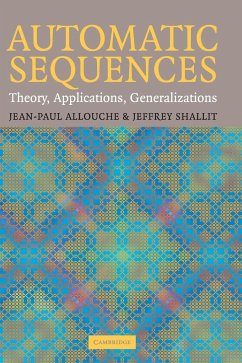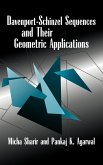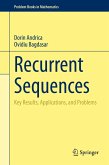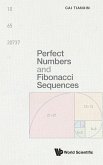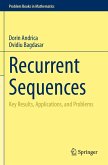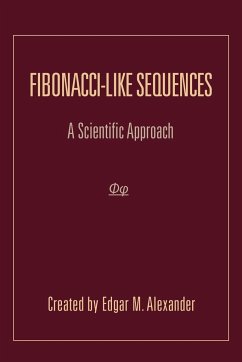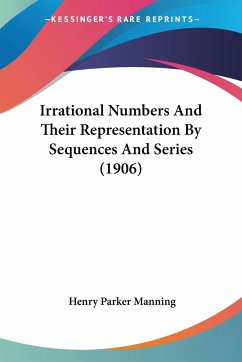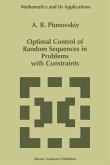Short description/annotation
This book is the first integrated treatment of sequences generated by finite automata and their generalizations.
Main description
Uniting dozens of seemingly disparate results from different fields, this book combines concepts from mathematics and computer science to present the first integrated treatment of sequences generated by 'finite automata'. The authors apply the theory to the study of automatic sequences and their generalizations, such as Sturmian words and k-regular sequences. And further, they provide applications to number theory (particularly to formal power series and transcendence in finite characteristic), physics, computer graphics, and music. Starting from first principles wherever feasible, basic results from combinatorics on words, numeration systems, and models of computation are discussed. Thus this book is suitable for graduate students or advanced undergraduates, as well as for mature researchers wishing to know more about this fascinating subject. Results are presented from first principles wherever feasible, and the book is supplemented by a collection of 460 exercises, 85 open problems, and over 1600 citations to the literature.
Table of contents:
Preface; 1. Stringology; 2. Number theory and algebra; 3. Numeration systems; 4. Finite automata and other models of computation; 5. Automatic sequences; 6. Uniform morphisms and automatic sequences; 7. Morphic sequences; 8. Frequency of letters; 9. Characteristic words; 10. Subwords; 11. Cobham's theorem; 12. Formal power series; 13. Automatic real numbers; 14. Multidimensional automatic sequences; 15. Automaticity; 16. k-regular sequences; 17. Physics; A. Hints ... for selected exercises.
Hinweis: Dieser Artikel kann nur an eine deutsche Lieferadresse ausgeliefert werden.
This book is the first integrated treatment of sequences generated by finite automata and their generalizations.
Main description
Uniting dozens of seemingly disparate results from different fields, this book combines concepts from mathematics and computer science to present the first integrated treatment of sequences generated by 'finite automata'. The authors apply the theory to the study of automatic sequences and their generalizations, such as Sturmian words and k-regular sequences. And further, they provide applications to number theory (particularly to formal power series and transcendence in finite characteristic), physics, computer graphics, and music. Starting from first principles wherever feasible, basic results from combinatorics on words, numeration systems, and models of computation are discussed. Thus this book is suitable for graduate students or advanced undergraduates, as well as for mature researchers wishing to know more about this fascinating subject. Results are presented from first principles wherever feasible, and the book is supplemented by a collection of 460 exercises, 85 open problems, and over 1600 citations to the literature.
Table of contents:
Preface; 1. Stringology; 2. Number theory and algebra; 3. Numeration systems; 4. Finite automata and other models of computation; 5. Automatic sequences; 6. Uniform morphisms and automatic sequences; 7. Morphic sequences; 8. Frequency of letters; 9. Characteristic words; 10. Subwords; 11. Cobham's theorem; 12. Formal power series; 13. Automatic real numbers; 14. Multidimensional automatic sequences; 15. Automaticity; 16. k-regular sequences; 17. Physics; A. Hints ... for selected exercises.
Hinweis: Dieser Artikel kann nur an eine deutsche Lieferadresse ausgeliefert werden.

